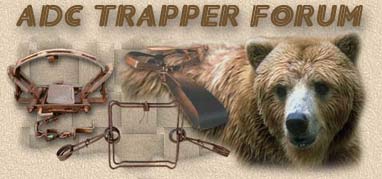Attachment depends on what you are attaching to. When it is a solid wood plate I'll be attaching to, I prefer to use pressure treated furring strips versus fender washers. When I'm attaching to an area (brick, concrete, wood) that is below ground I'll use the appropriate type screw and a 1 1/4" fender washer. For the furring strips, make sure to pre-drill holes at 12" - 18" intervals so you don't split the wood and then install the wire and attach the strips with decking screws. This gives a nice overall appearance without wire or fender washers showing. The large surface area also helps prevent lighter wire from being stressed at the attachment point compared to a fender washer. For the wire, 1/2" x 1/2" will keep out chipmunks, snakes, mice and larger. For 1/2" x 1/2", I prefer 19 gauge as it is still pliable enough to work with easily. If you aren't concerned about the smaller animals, 1" x 1" will keep out just about everything. Just keep in mind what Jim Bethell mentioned about groundhogs, so you may want to go with 16 gauge versus 19 gauge in those situations. You can also split the difference and go with 1/2" x 1" in 19 or 16 gauge to get the best bang for your buck. Also, I prefer vinyl coated wire as it helps protect the product when it is buried, looks better with or without lattice to hide the wire, but in the past I've used 28 gauge 1/2 x 1/2 hardware cloth with no problems and still going strong 19 years later.
What's most important is how you install the barrier. As stated, if the animals want in they will challenge the barrier so start with that mindset. Determine why the animals are under the deck to start with (e.g., den site, resting area, etc.) and look for obstructions (rocks, tree roots, landscaping plants, concrete) and other items such as cables, sprinkler hoses, etc. Also, don't forget to look for any slope coming from the deck area. If you have a raised deck with a medium slope, you'll need to extend the wire farther to prevent the animals from digging underneath it or make sure to say that you can't guarantee it as there is too much of an area animals can use to dig underneath the wire.
When I install the wire, I want to cover the opening and still have at least 18" of wire going away from the deck. When possible, I like to have 24" as it just gives that much more protection, but based on the opening height that may require 30", 36" or even 48" wire widths which based on the wire you choose, may not be an option (either because it isn't manufactured or the weight means they have to ship it freight versus FedEx or UPS). Remember, if the animal is standing on the wire, they can't dig underneath it - they can only dig through it. This is why you may want to go with a thicker gauge wire when dealing with den sites versus just resting areas. I like to put the wire only 2 - 4" below ground as I want the animal to hit it as soon as possible. If you go the "standard" 12" down, they can still do a lot of digging before being discouraged and it can generate a callback. Keep in mind that you may have to stake the wire down when you go as shall as I like because there isn't enough weight from the cover dirt to keep it down. Again, the longer the wire run, the better for when something happens. Also, if you have a sprinkler hoses or wires, you can't go that deep anyway and watch for them when you put in the spikes to hold the wire down.
Lastly, when you've got landscape issues don't be afraid to dig them up and replant them. The replanting can be difficult as you may have to breech the wire to do so (this is a case where you may have to go deeper in order to allow the plants to be replanted without issues) so discuss what the client wants to do with them ahead of time as you may need to account for the additional labor with your price.




